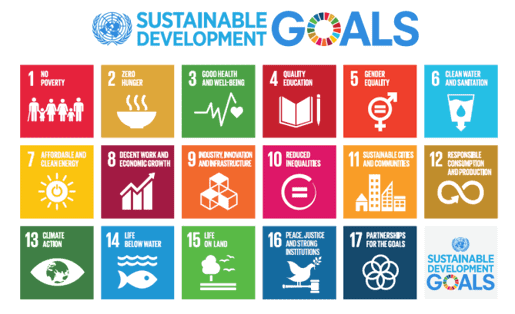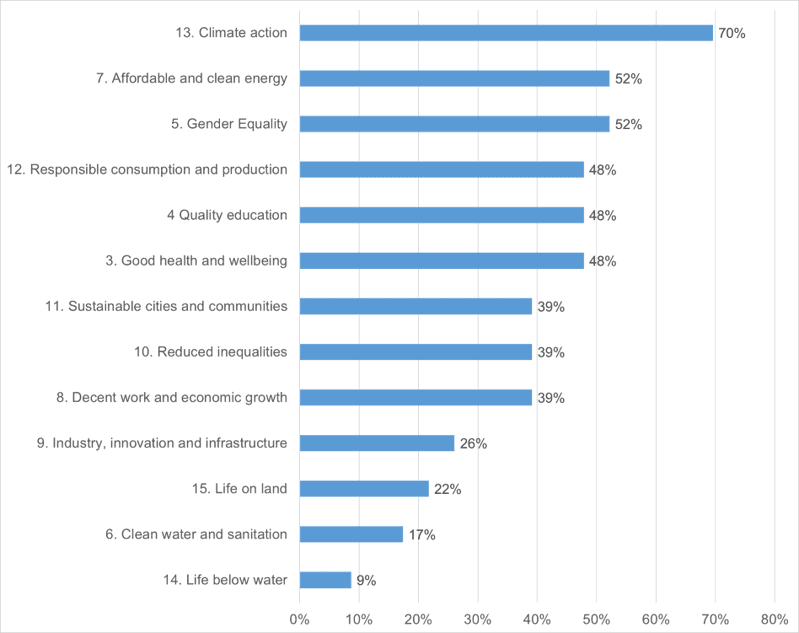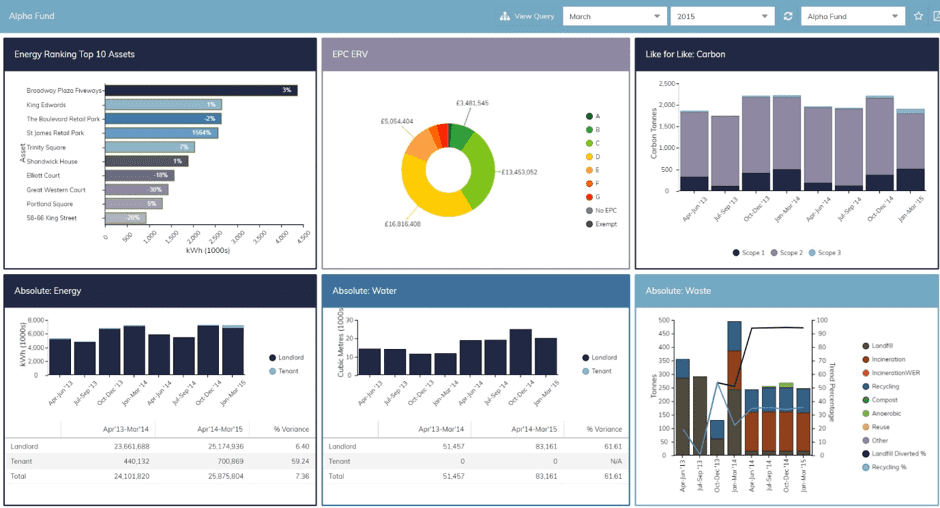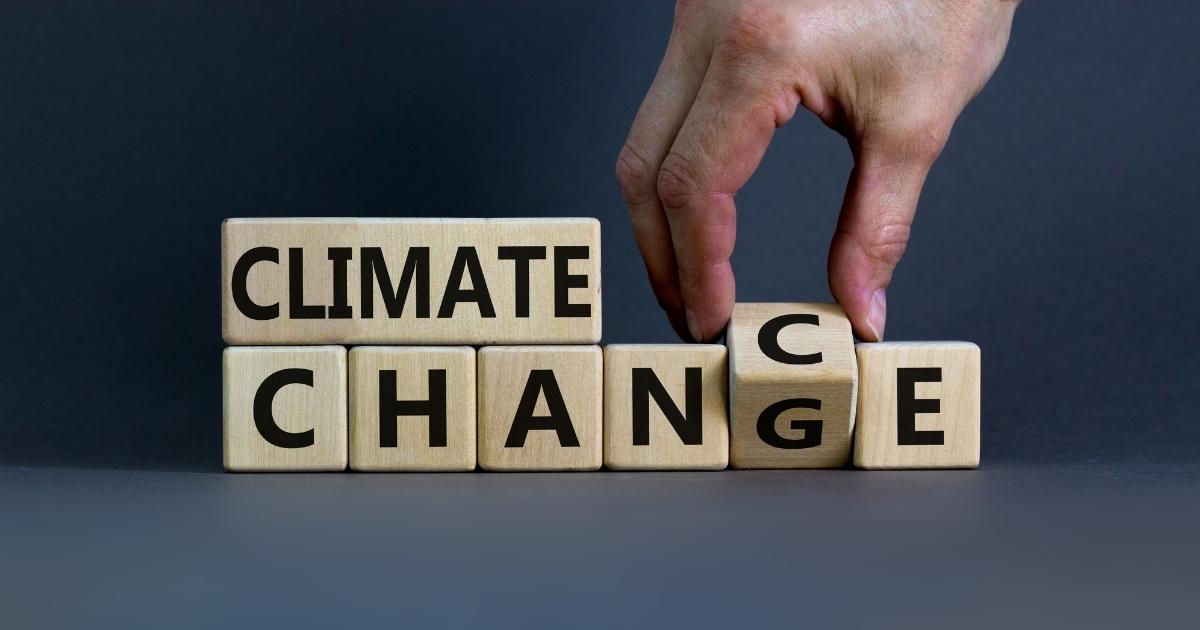
Thought
SDGs: Answering the Big Questions for the Real Estate Industry – What, Where, Why and How?
With a new decade upon us, there is now a call more than ever to address theproliferatingglobal challengesfacing our planet.
Governments can no longer fight this battle alone and need individuals and businesses to take action and deliver an agenda that provides a sustainable path for both the planet and society.
Clearly, this is no easy task – so how can real estate connect with and relate to global challenges?What is the motivation behind the bigger picture? And how can real estate owners, operators and occupiersoversee their potential impactin the long term?
Let’sbegin to unpickthe ‘Big Questions’….
‘What’
In 2015, the 2030 Agenda for Sustainable Development was put forward with world leaders setting out 17 goals with 169 targets aimed “to end poverty, fight inequality and tackle climate change”.The breadth of the Sustainable Development Goals (SDGs) aims to provide sustainable development for all persons and aspects ofbusinesses and look for themto fully immerse into a new way of thinking that will positively impact the people and planet.

‘Why’
Given that the real estate industry accounts for half of global wealth, 40 percent of the world’s consumption of primary energy and a third of all anthropogenic CO2 emissions there is no mistaking that the industry can contribute to achieving certain Global Goals…As the real estate industry is chiefly responsible for the development and management of assetsand isalso vulnerable to the impact of climate change, it goes without saying that the industry should be one of the main leaders fighting the cause of environmental stewardship.
So,why is it thatthe sector hasbarelyscratchedthe surfaceof the SDGssince theirdeploymentin 2015?
An agenda centred on 17 SDGs does run the riskof simply beingtoo broad,complexor immaterial for businesses to address.In fact, a study conducted by PwC found that onlyone percent of companiesstated they wouldassess their impact across all 17 goals. But are targets on No Poverty or Zero Hunger achievable or even relevant to the wider real estate industry?
Our own research conducted among 25 real estate companies achieving at least one five-star GRESB rated fund identified commitment to 13 of the 17 SDGs to some extent. Carbon and energy covering SDG13 (Climate Action – 70% adoption) and SDG7 (Affordable and Clean Energy – 52% adoption) proved the most common for actions relating to the operation of real estate assets. SDG5 (Gender Equality – 52% adoption) proved the most popular actions that are internal to each organization. Fewer than half of the sample group aligned with any other SDGs despite the notable impact real estate can have on SDG3 (Good Health and Wellbeing) and SDG 11 (Sustainable Cities and Communities).

‘Where’
With global frameworks, it’s all about scalability – with169sub-targetsto consider,it is difficult to pin-point what impact your business couldspecificallymake.However, manyactivities and initiatives within your business may well align to SDGsalready– whether this be indirectly or directly. The key here is to break down the goals into moremanageable andunderstandable objectives that relate specifically tohow youas abusinessoperate.
First, ask yourself…
What is material and what are the relevant impact categories you want to address?
Reflect on your activities and the risks to people and the environment, as well as on beneficial products, services and investments. While doing so, consider both operations and the broader value chain. One way to make this simple is the use of a materiality assessment. In short, a materiality assessment is an exercise in stakeholder engagement designed to gather insight on the relative importance, and impact, of specific environmental, social and governance (ESG) issues. The key to getting real value from a materiality assessment is starting with a clear understanding of what information you are looking for, choosing the right stakeholders and applying the appropriate methodology to present the information effectively and make informed decisions.
Breaking down analysis into environmental, economic and societal factors allows you tounderstand the impact your activities have, and the programmes needed to mitigate adverse risks or exploit beneficial opportunities. Consider not only your objectives but your audience and who is involved. What topics are of most importance to your stakeholders? Who needs to take responsibility?
By this point, you will have developed a sense of what impacts you as a real estate business could have and their overall importance. Now, you must define objectives that could contribute to your SDG priority targets, including identifying the indicators used to measure progress against then.
Now for the ‘How’
Outcomes of a materiality assessment should be channelled into a structured framework, such as an environmentalmanagementsystem(EMS), to ensure programs are managed through a coordinated strategy. Building the SDGs into the strategy is a way to stop isolated work or seeing the global goals as somewhat as an additional task.
The strategy should define whatmetricsand indicators can be used to set appropriate targets, defining the outcome from each impact areas. It is important to consider how progress will be tracked and communicated. High-quality data is essential for making informed decisions and prioritizing action. Take, for instance, SDG13 Climate Action – here you may wish to monitor and report on energy usage and carbon dioxide emissions. The use of dashboards to easily convey current performance (at asset and portfolio level), track against historical periods, and importantly, communicate progress to stakeholders is a vital step in achieving climate goals.

Final Thoughts
An EMS provides a framework to increasefocus within your business’ strategic planning processandunderstandthe contextand scope of impacts. Essentially, it answers the biggerquestionof ‘Where’you can make an impact as a business.The key here is to be straightforward! No matter how big or small the change, it is important that you know your objectives and communicate them in a way that is both easy to understand and relevant to whoyou are targeting.
The SDGs can be perceived as global goalsthat are difficult to relate to theindustry, let alone a business itself. However, they can act as apowerful toolinshiftingthe conversation tothe bigger picture. Given the degree of involvement the real estate industry plays in these global challengestoday, there is no denying that you as a business can play a significant role in contributing to these goals.Howeverbig or small, the time to act is now.
This article was originally published onGRESB Insights
UN Environment (2017), “Towards a zero-emission, efficient, and resilient buildings and construction sector”, Global Status Report, URL:https://www.worldgbc.org/sites/default/files/UNEP%20188_GABC_en%20%28web%29.pdf
Anne Huibrechtse – Truijens (2018), “Sustainability Goals: A Business Perspective”, Deliotte, URL:https://www2.deloitte.com/content/dam/Deloitte/nl/Documents/risk/deloitte-nl-risk-sdgs-from-a-business-perspective.pdf













